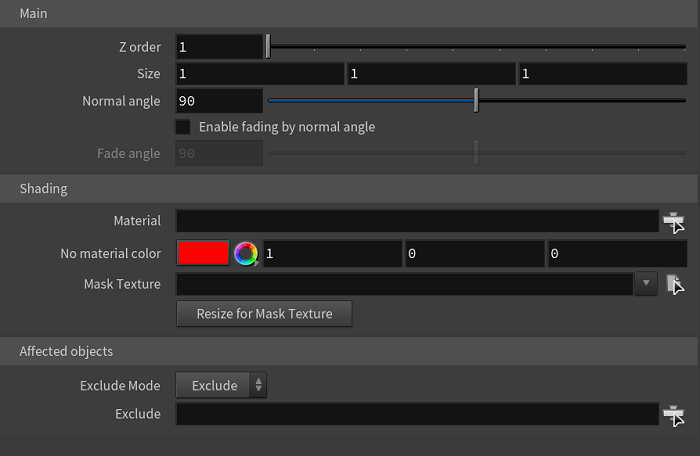Chaos has released the latest Houdini version of its 3d rendering software, the V-Ray 5 for Houdini, update 2. Highlights including extending its new Hydra render delegate, Solaris, adding support for Houdini 19, new V-Ray Decal to apply decals more easily, improvement of Curvature Texture and more. See more details with XRender together!
| Available for Houdini 19 and Its USD-based Toolset
Houdini 19 introduces many workflow improvements for layout and rendering that are now fully supported by V-Ray.

Originally introduced in V-Ray 5 for Houdini, update 1, V-Ray for Solaris is a set of look development, layout and lighting tools provided by Houdini for creation of USD-based scene graphs alone with Houdini's native Karma renderer, Anrold, Redshift and RenderMan. By adding support for AOVs, volumetric effects, lights, light mixer, light linker, cryptomatte & batch rendering through Husk and so on, users now can create a wide range of assets and scenes and then render them.
According to Chaos, settings for geometry, materials and lights that V-Ray provides for working with Solaris LOP nodes are "basically the same settings as those in V-Ray's geometry, material, light, etc. nodes". Solaris is still officially in beta and for more details about supported features, limitations and known issues, please check the V-Ray document.
| New Surface Projecting system & Curvature Texture Improvement
V-Ray Decal is a new feature firstly unveiled in 3ds Max edition of the renderer for material projection on top of another regardless of the target UV set. It is now introduced to Houdini with all scene geometry affected by default.

Separated controls for convex and concave areas has been added to the V-Ray Curvature texture for more effective sampling the underlying mesh for curves. Below is an example in Curvature Modes with Gain set to 5.5, Gama to 0.1 and other parameters remaining their default value.

About Modes:
Legacy – Does not distinguish if the mesh is curving outward (convex) or inward (concave) but instead takes into account only the amount of overall curvature.
Convex – Generates a grayscale based on the mesh's outward curve.
Concave – Generates a grayscale based on the mesh's inward curve.
Both – Generates a red-green gradient based on both the mesh's convex and concave. Red corresponds to the mesh’s convex and green corresponds to the mesh's concave.
In addition, a new option to ignore bump maps has been added to the update, making the curvature masks even more accurate. Check the example provided by Chaos about the Ignore Bump feature.

| Enhancement of V-Ray Hair
Another highlight of the update is the improvement of V-Ray Hair material, bringing users better rendering effect of light-colored hair. You may follow the tutorial below to learn how to create and render white hair and read more details in V-Ray Hair document.
| What's More
Other features of the update including providing a simpler OpenColorIO set-up when working in ACEScg colour space, speed up rendering of Chao Phoenix's Aura files by perform quicker conversion from VUD to AUR, available for faster unpacking vescenes format files.
For more details about the update, read a full list of features in V-Ray 5 for Houdini Update 2 in the online documentation
XRender dedicates to providing efficient, safe and all-round cloud rendering service for enterprises and individuals.
Contact us and boost your rendering with XRender.
XRender | Fast · Affordable · Reliable









